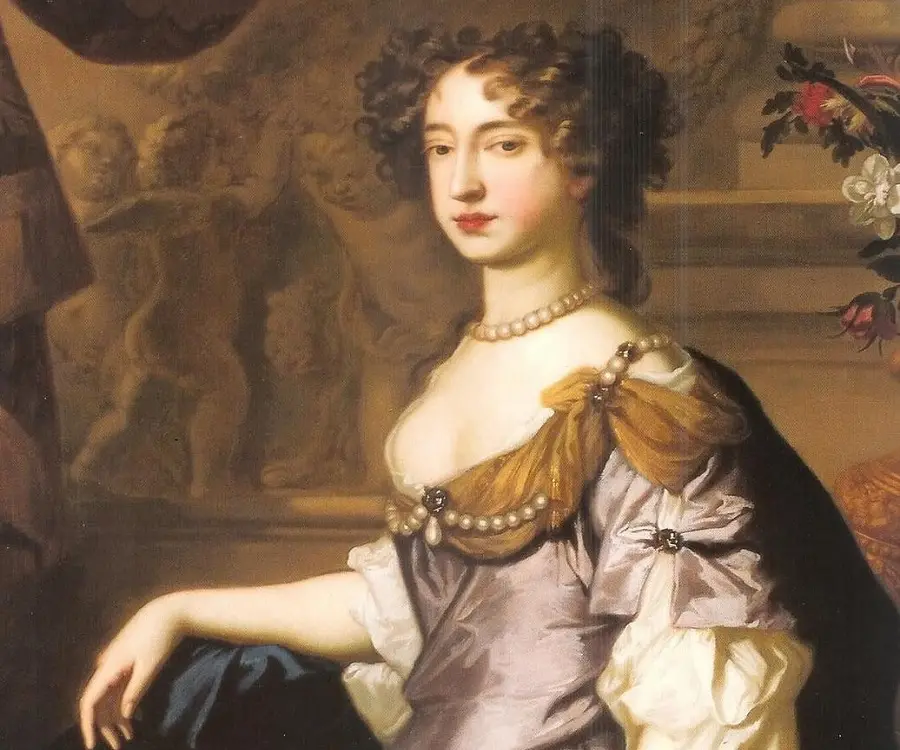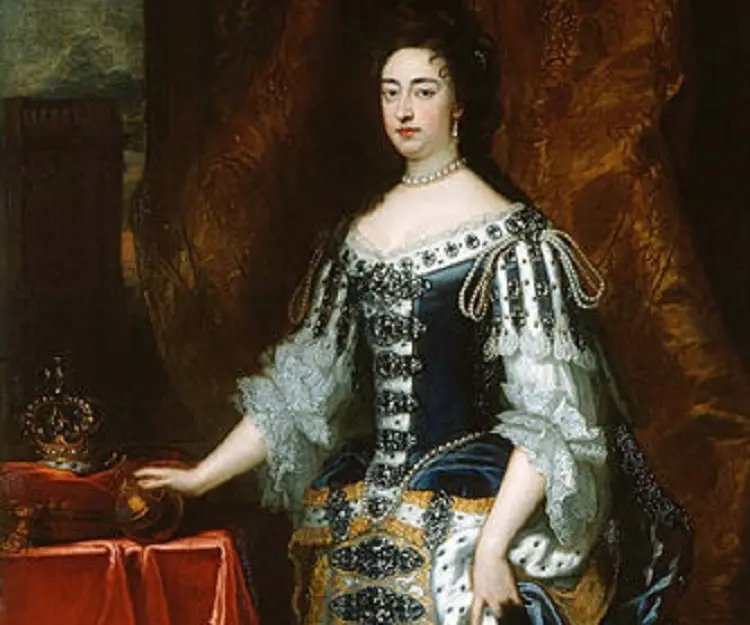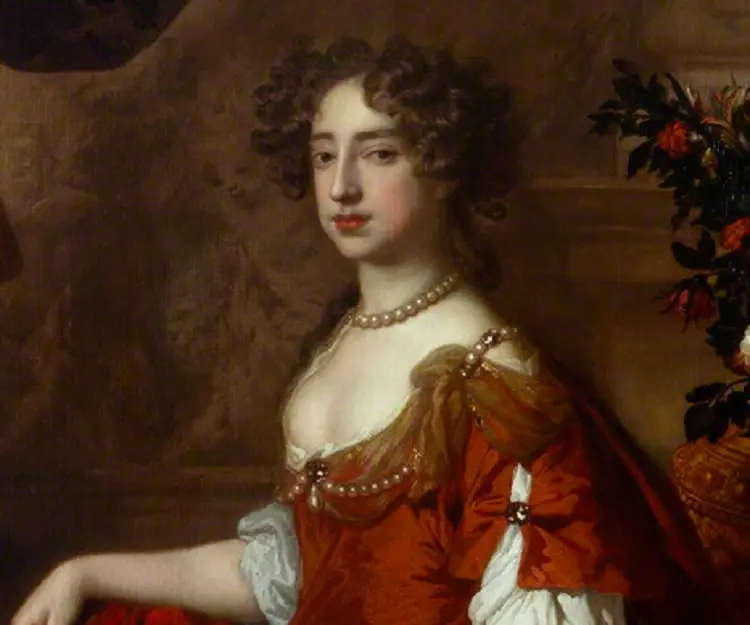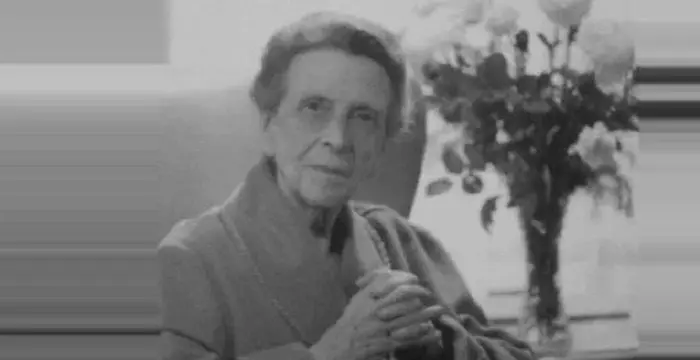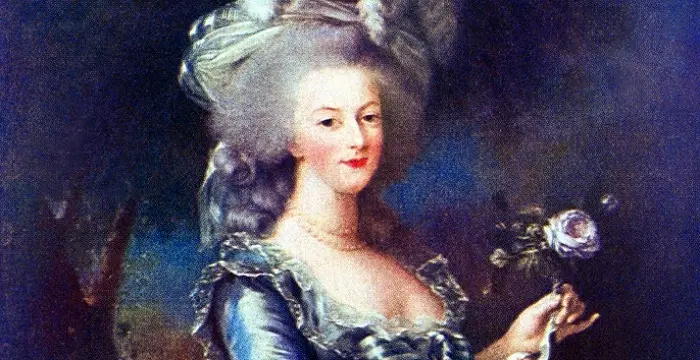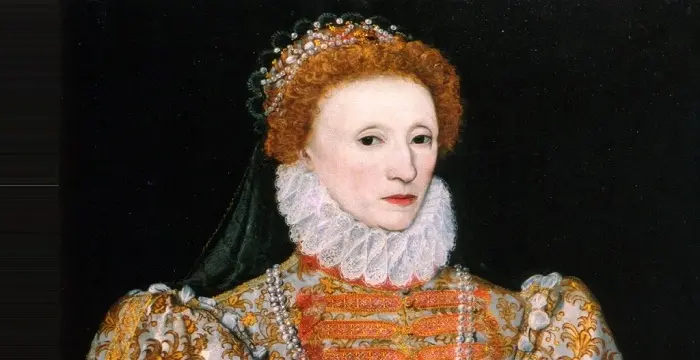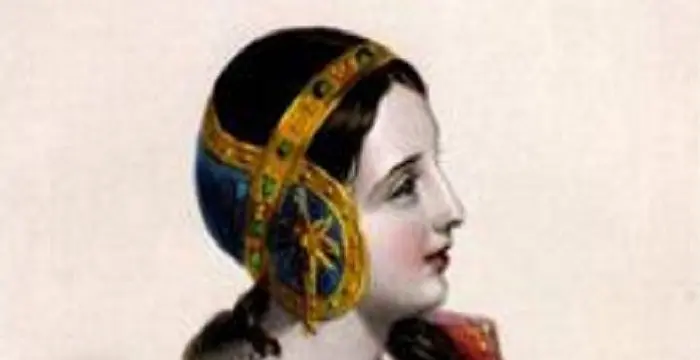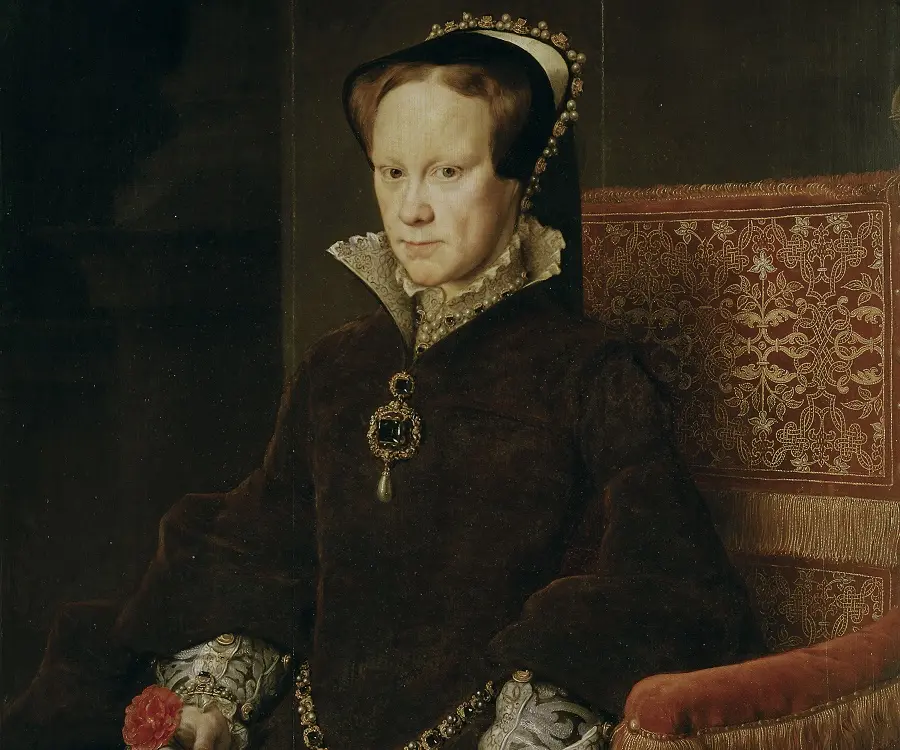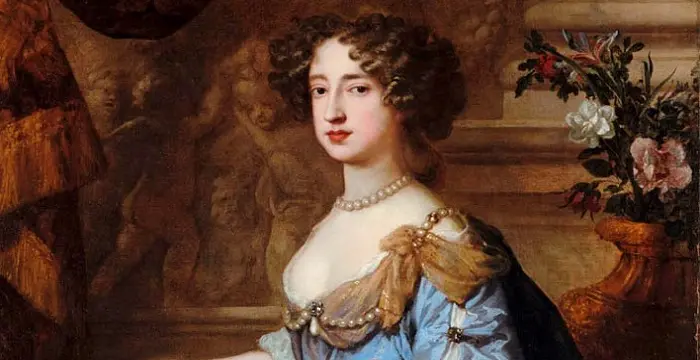
Mary II of England - Queens, Career and Life
Mary II of England's Personal Details
Mary II served as the joint sovereign of England, Scotland and Ireland along with her husband, William II
| Information | Detail |
|---|---|
| Birthday | April 30, 1662 |
| Died on | December 28, 1694 |
| Nationality | British |
| Famous | Historical Personalities, Emperors & Kings, Empresses & Queens, Emperors, Empresses, Kings, Queen of England, Queens |
| Spouses | William III of England |
| Siblings | Anne, Catherine Stuart, Charles Stuart, Duke of Cambridge, Duke of Kendal, Edgar Stuart, Henrietta Stuart, James Stuart, Queen of Great Britain |
| Birth Place | St James's Palace |
| Gender | Female |
| Father | James II of England |
| Mother | Anne Hyde |
| Sun Sign | Taurus |
| Born in | St James's Palace |
| Famous as | Queen of England, Scotland and Ireland |
| Died at Age | 32 |
// Famous Emperors
Sundiata Keita
Sundiata Keita was the founder of the Mali Empire in West Africa. This biography profiles his childhood, early life, struggles, founding of empire, rule, administration, achievements and also gives some fun facts.
Ashoka
Ashoka was the third emperor of the Mauryan Dynasty and ruled almost the entire Indian subcontinent. This biography profiles his childhood, life, reign, achievements and timeline
Murad IV
Murad IV was one of the mighty Sultans in the history of the Ottoman Empire. This biography profiles his childhood, family, accession, rule, administration and timeline.
Mary II of England's photo
Who is Mary II of England?
Mary II was the daughter of former King James II, who served as the joint sovereign of England, Scotland and Ireland along with her husband King William. Being the eldest child of James and Anne, Mary II since young became second in line to the throne, after her father. Following the death of her uncle, her father stepped up as the King of England but his pro-Catholic policies made him an unpopular ruler so much so that the opposition influenced William and Mary to depose him off. James exile created a vacancy at the topmost order which was duly filled by Mary as queen regnant. However, Mary despised political life and wanted her husband William to take control. It was due to this that a Declaration of Indulgence was signed which made both William and Mary joint sovereigns. It was under their leadership that the significantly important Bill of Rights was passed that marginalized the sovereign powers. Though William controlled the rule mostly, it was in his absence that Mary’s role as queen regnant came to light. She was powerful, firm and effective ruler. She was capable of taking important decisions but mostly turned to William for either approval or advice. Other than this, Mary was deeply religious and a pious woman. She attended prayers twice daily and actively involved herself in Church affairs
// Famous Empresses
Jetsun Pema
Jetsun Pema is the Queen consort of Bhutan. Check out this biography to know about her childhood, family life, achievements and fun facts about her life.
Princess Alice of Battenberg
Princess Andrew of Greece and Denmark, also known as Princess Victoria Alice Elizabeth Julia Marie of Battenberg, was the mother of Prince Philip, Duke of Edinburgh and mother-in-law of Queen Elizabeth II. This biography profiles her childhood, famil
Marie Antoinette
Marie Antoinette was the Queen of France and Navarre from 1774 to 1792. who played a major role in provoking the French Revolution. This biography of Marie Antoinette provides detailed information about her childhood and life
Childhood & Early Life
Mary was born on April 30, 1662 at St James’ Palace, London, to James, Duke of York and Anne Hyde. She was baptised in Anglican faith unlike her father who converted to catholic. She had a younger sister, Anne. Her uncle, Charles II was the King of England.
Since King Charles II had no legitimate children of his own, Mary, since young, became second in line to the throne, after her father. For most of her childhood, she and her sister Anne were raised at Richmond Palace by their governess. Occasionally, the girls met their parents and grandparents.
Mary was educated by private tutors. Moreover, she was trained in dance, music and drawing. Following the death of her mother, her father remarried Mary of Modena.
At a young age, Mary was betrothed to Protestant Stadtholder of Holland, William of Orange. She was unhappy with the alliance but had no choice but to accept. The marriage took place in 1677.
Accession & Reign
Following the death of King Charles II in 1685, Mary’s father James, Duke of York served as the King of England, Ireland and Scotland. His accession was opposed by the former King’s illegitimate son, Monmouth who enforced an invasion but the latter was defeated, captured and executed.
King James’ controversial pro-catholic policies led to a constitutional crisis. Through the Declaration of Indulgence, he granted freedom of religion to Catholics by suspending acts of parliament by royal decree. This made King James highly unpopular amongst politicians and noblemen who turned in favour of Mary and William.
The birth of King James’ son, James Francis Edward created an alarm amongst the Protestants who feared the boy’s inheritance and virtual turning of the state from Protestantism to Roman Catholicism. Adding to the woes was the gossip that the son born was not King James and Queen Mary’s child but a baby secretly smuggled by the King to assure a Catholic succession.
James’ opponent invited Mary and William to come to England with an army of their own and depose King James. Though William was reluctant of the move as it would make his wife Mary II powerful than him, he eventually agreed after Mary assured him that she would do all in her capacity to make him the King. She also assured him that she would abide by him and obey him
William, along with his army, reached the British shores in November 1688. He issued a declaration in which he claimed King James’ son as illegitimate and a ‘pretended Prince of Wales’. Fearing defeat, James fled to France, where he lived in exile until his death. Mary on the other hand was in a dilemma of whether to care for her father or dutifully support her husband.
Following James’s exile, a convention parliament was called for by William to determine the future course of action. As per the norms, Mary was the rightful hereditary heir to the throne who should succeed as the sole monarch of the British Kingdom. However, Mary did not wish to be a queen regnant. On the other hand, William wished to reign as a King and not be a mere consort to Queen Mary. Furthermore, his supporters claimed that a husband could not be subject to his wife.
The complexity of the situation to determine the ruler of the British Empire ended on February 13, 1689 when the Parliament passed the important Declaration of Right, according to which Parliament offered the Crown to William and Mary as joint sovereigns.
It was the second time in history that a joint monarchy ruled in the form of William and Mary. However, William’s powers were unrestricted, unlike in the earlier case. He would serve as the King even after his wife's death and exercised full regal powers in all matters. 8On April 11, 1689, William and Mary were crowned together by the Bishop of London at Westminster Abbey. A month later, they accepted the Scottish crown.
Under William and Mary’s reign, the Bill of Rights was introduced in the parliament in 1689. It became one of the most important constitutional documents as it limited sovereign powers. It forbade suspension of laws passed by the parliament, enforcing acts without parliamentary consent such as levying of taxes, infringing the right to petition, denying the right to bear arms to Protestant subjects, unduly interfering with parliamentary elections or inflicting cruel or unusual punishments. All in all, it reaffirmed parliamentary powers.
The Bill of Rights also confirmed the line of succession to the British throne, according to which following the death of either William or Mary, the other would continue to reign. He/she would be followed by their children. Next in line of succession would be Anne and her children who would later be followed by any children William might have had from any subsequent marriage.
William directed military campaigns in Ireland and on the Continent during the decade of 1690. In his absence, Mary took over as the Queen regnant. During the little time that Mary took the political powers in her hand, she proved to be a firm ruler. She ordered arrest of her uncle, Henry Hyde for plotting against her and William and even dismissed the influential John Churchill on similar charges.
A devout Protestant, Mary was deeply religious. She attended prayers twice a day and participated in the affairs of the Church. Matters concerning ecclesiastical patronage by and large passed through her.
Major Works
It was under Mary II’s reign that the Bill of Rights came into existence. The bill limited the power of the sovereignty and instead reaffirmed parliamentary powers. Following the execution of the Bill of Rights, the sovereign had restricted rights. It could not challenge parliamentary laws, levy taxes without parliamentary consent, interfere in the parliamentary election and right to petition, inflict cruel punishment and deny rights to bear arms to Protestant subjects.
Personal Life & Legacy
At the age of fifteen, Mary was engaged to William of Orange, her cousin and fourth in line to the throne. The proposed alliance was initially unapproved by King Charles II, who wanted Mary to marry Dauphin Louis, heir to the French throne. However, he later agreed to it after pressure from the Parliament.
Mary and William were married on November 4, 1677 in St James’ Palace by Bishop Henry Compton. She became a devoted wife and was popular within the Dutch circle due to her amicable personality.
Mary underwent a miscarriage early in her marriage. This incident probably impaired her ability to have children and thus, the couple remained childless.
Mary was a healthy and fit woman. However, this stability was marred by the infliction of smallpox in late 1694. She breathed her last on December 28, 1694. William was devastated by her death.
Her body lay in state before being buried at Westminster Abbey on March 5, 1695. Her funeral was attended by members of both the Houses.
// Famous Queens
Jetsun Pema
Jetsun Pema is the Queen consort of Bhutan. Check out this biography to know about her childhood, family life, achievements and fun facts about her life.
Princess Alice of Battenberg
Princess Andrew of Greece and Denmark, also known as Princess Victoria Alice Elizabeth Julia Marie of Battenberg, was the mother of Prince Philip, Duke of Edinburgh and mother-in-law of Queen Elizabeth II. This biography profiles her childhood, famil
Marie Antoinette
Marie Antoinette was the Queen of France and Navarre from 1774 to 1792. who played a major role in provoking the French Revolution. This biography of Marie Antoinette provides detailed information about her childhood and life
Mary II of England biography timelines
- // 30th Apr 1662Mary was born on April 30, 1662 at St James’ Palace, London, to James, Duke of York and Anne Hyde. She was baptised in Anglican faith unlike her father who converted to catholic. She had a younger sister, Anne. Her uncle, Charles II was the King of England.
- // 1677At a young age, Mary was betrothed to Protestant Stadtholder of Holland, William of Orange. She was unhappy with the alliance but had no choice but to accept. The marriage took place in 1677.
- // 4th Nov 1677Mary and William were married on November 4, 1677 in St James’ Palace by Bishop Henry Compton. She became a devoted wife and was popular within the Dutch circle due to her amicable personality.
- // 1685Following the death of King Charles II in 1685, Mary’s father James, Duke of York served as the King of England, Ireland and Scotland. His accession was opposed by the former King’s illegitimate son, Monmouth who enforced an invasion but the latter was defeated, captured and executed.
- // Nov 1688William, along with his army, reached the British shores in November 1688. He issued a declaration in which he claimed King James’ son as illegitimate and a ‘pretended Prince of Wales’. Fearing defeat, James fled to France, where he lived in exile until his death. Mary on the other hand was in a dilemma of whether to care for her father or dutifully support her husband.
- // 1689Under William and Mary’s reign, the Bill of Rights was introduced in the parliament in 1689. It became one of the most important constitutional documents as it limited sovereign powers. It forbade suspension of laws passed by the parliament, enforcing acts without parliamentary consent such as levying of taxes, infringing the right to petition, denying the right to bear arms to Protestant subjects, unduly interfering with parliamentary elections or inflicting cruel or unusual punishments. All in all, it reaffirmed parliamentary powers.
- // 13th Feb 1689The complexity of the situation to determine the ruler of the British Empire ended on February 13, 1689 when the Parliament passed the important Declaration of Right, according to which Parliament offered the Crown to William and Mary as joint sovereigns.
- // 11th Apr 1689It was the second time in history that a joint monarchy ruled in the form of William and Mary. However, William’s powers were unrestricted, unlike in the earlier case. He would serve as the King even after his wife's death and exercised full regal powers in all matters. 8On April 11, 1689, William and Mary were crowned together by the Bishop of London at Westminster Abbey. A month later, they accepted the Scottish crown.
- // 1690William directed military campaigns in Ireland and on the Continent during the decade of 1690. In his absence, Mary took over as the Queen regnant. During the little time that Mary took the political powers in her hand, she proved to be a firm ruler. She ordered arrest of her uncle, Henry Hyde for plotting against her and William and even dismissed the influential John Churchill on similar charges.
- // 28th Dec 1694Mary was a healthy and fit woman. However, this stability was marred by the infliction of smallpox in late 1694. She breathed her last on December 28, 1694. William was devastated by her death.
// Famous Queen of England
Elizabeth I of England
Elizabeth I was the Queen of England whose reign of 45 years is popularly referred to as the Elizabethan Era. Read in details about her life, career and timeline
Isabella of France
Isabella of the Royal House of Capet was a Queen of England through her marriage. Check out this biography to know about her childhood, family life, achievements and fun facts about her life.
Anne Neville
Anne Neville was an English Queen. This biography profiles her childhood, family, marriages, life history, achievements, timeline and other facts.
Mary I of England
Mary I was the Queen of England and Ireland from 1553 until 1558. Check out this biography to know about her childhood, life, achievements, works & timeline
Mary II of England's FAQ
What is Mary II of England birthday?
Mary II of England was born at 1662-04-30
When was Mary II of England died?
Mary II of England was died at 1694-12-28
Where was Mary II of England died?
Mary II of England was died in Kensington Palace
Which age was Mary II of England died?
Mary II of England was died at age 32
Where is Mary II of England's birth place?
Mary II of England was born in St James's Palace
What is Mary II of England nationalities?
Mary II of England's nationalities is British
Who is Mary II of England spouses?
Mary II of England's spouses is William III of England
Who is Mary II of England siblings?
Mary II of England's siblings is Anne, Catherine Stuart, Charles Stuart, Duke of Cambridge, Duke of Kendal, Edgar Stuart, Henrietta Stuart, James Stuart, Queen of Great Britain
Who is Mary II of England's father?
Mary II of England's father is James II of England
Who is Mary II of England's mother?
Mary II of England's mother is Anne Hyde
What is Mary II of England's sun sign?
Mary II of England is Taurus
How famous is Mary II of England?
Mary II of England is famouse as Queen of England, Scotland and Ireland



